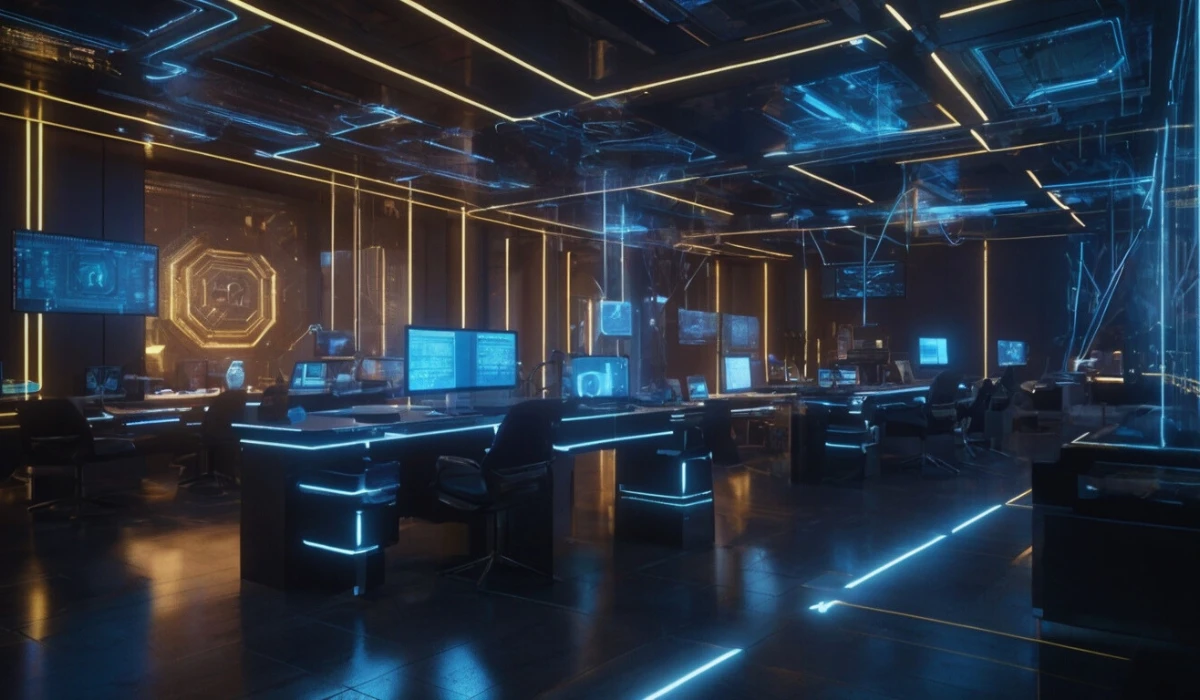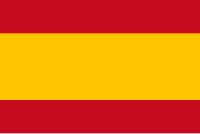Real-world asset tokenization is a process of converting physical assets into digital assets that can be transacted and traded on a blockchain. This technique can be used to tokenize multiple kinds of assets including commodities, real estate, art, and intellectual property. Tokenization of real-world assets has various benefits including fractional ownership, accessibility enhanced efficiency, and advanced transparency. The digitalization of physical assets is an advanced method to redefine the traditional financial markets.
At the beginning of 2024, real-world asset tokenization was in its early phases reportedly having $5 billion, the RWA tokenization is increasing and the experts from the community believe that, by the end of 2030, the estimated worth of tokenized RWAs will be around $11+ trillion. This article explains the step-by-step procedures of how to tokenize a real-world asset. Let us move on to the core part without wasting our time.
How to Tokenize a Real-World Asset; Step-by-Step Guide

Tokenized assets are blockchain-powered digital tokens that represent conventional physical assets. The process of tokenizing real-world assets into a tokenized asset involves multiple steps. Let us break down the step-by-step process of real-world asset tokenization.
Step 1: Identify the Asset to Tokenize
Finding the right asset you want to tokenize is the very first step of the process of real-world asset tokenization. After selecting a convenient asset, you need to evaluate its value which should be documented. The valuation should be proper because a proper valuation ensures the assets selected for tokenization are representatives of faultless ownership stakes. Assets selected for tokenization can be anything like equities, currencies, commodities, fine arts, securities, intellectual properties, etc.
Step 2: Define the Token Type
The second step in RWA tokenization is defining the type of token you want to create. To define the token type, you have to consider factors such as the token standard you want to adopt. The common and widely used token standards are ERC-20, ERC-721, and ERC-1155, you can choose any of them to proceed with the tokenization. Along with the token standards, you need to decide the number of tokens to be created, custom parameters, rulesets, mechanisms governing minting tokens, etc.
Step 3: Choose the Suitable Blockchain Platform
The next step is the identification of a suitable blockchain on which the tokens will be tokenized and issued. The digital tokens created through tokenization will be created, stored, and traded on this blockchain. The selection of blockchain should be aligned with your priorities, you need to address some factors like whether the tokens should be in public or permissioned blockchain before choosing it. You can use blockchains like Ethereum, Binance, and Solana to tokenize your real-world assets.
Step 4: Division of Real World Assets into Fractions
Your chosen real-world assets need to be divided into a particular number of fractions before converting them into digital tokens.
Step 5: Converting the Asset Fractions into Digital Tokens
Conversion of the fraction of real-world assets into digital tokens is the process of tokenization. Tokenization has two structures termed tokenized SPV and direct asset tokenization. Tokenized SPV refers to a structure where a third-party legal entity holds the underlying asset then issues the token and provides indirect ownership to investors. Direct tokenization means directly converting the asset itself into digital tokens. In this structure, holders get to direct a claim on the underlying asset. Direct tokenization is subject to more regulatory challenges than tokenized SPV. You can choose any of the two structures mentioned above to tokenize your digital assets.
Step 6: Following Legal and Regulatory Compliances
Legal compliance is one of the important steps in the important steps in tokenization. Tokenized assets are subject to regulatory instructions. The legal framework regarding tokenization will be different in every country, so you need to consult and engage with financial law experts to make sure that the tokenized asset complies with the regulatory framework of your country.
Step 7: Deploy RWA Tokens into Decentralized Finance for Circulation
The next step is to deploy the successfully tokenized real-world assets to Decentralized Finance (DeFi) platforms and crypto exchanges. The true value of it comes when it performs the role of utility tokens and investment tools in the DeFi space.
Step 8: Token Storage and Custody
Custody and proper storage of the tokenized asset should be the next step. Investors can store it in hot wallets, and cold wallets. Investors can hire a licensed digital asset custodian to secure and store their tokens. Licensed Digital Asset Custodians are regulated and authorized groups to provide custody services of digital assets.
Step 9: Primary Offering and Secondary Trading
RWA tokens are listed on the major primary marketplaces for investors to participate in the initial offering of the particular tokenized assets. After following the initial offering, RWA tokens might be traded on various secondary markets through multiple channels.
These are the basic steps of real-world asset tokenization, it is a complex process, yet it is one of the widely used asset management techniques in decentralized finance.
The Bottom Line
Tokenization of real-world assets is a complex process. It is one of the effective methods of asset management in the era of decentralized finance. Asset tokenization has multiple advantages like immutability and enhanced transparency, fractional ownership, liquidity, 24*7 access, etc. Fractional ownership enables investors to own a certain number of assets without pouring a huge amount of capital. Blockchain-based tokenization can provide security to your asset and provide the most transparent functioning and operation. RWA token users do not need to stick to office hours and traditional exchanges, they can access their assets 24*7 without causing any disruption to the functioning.






